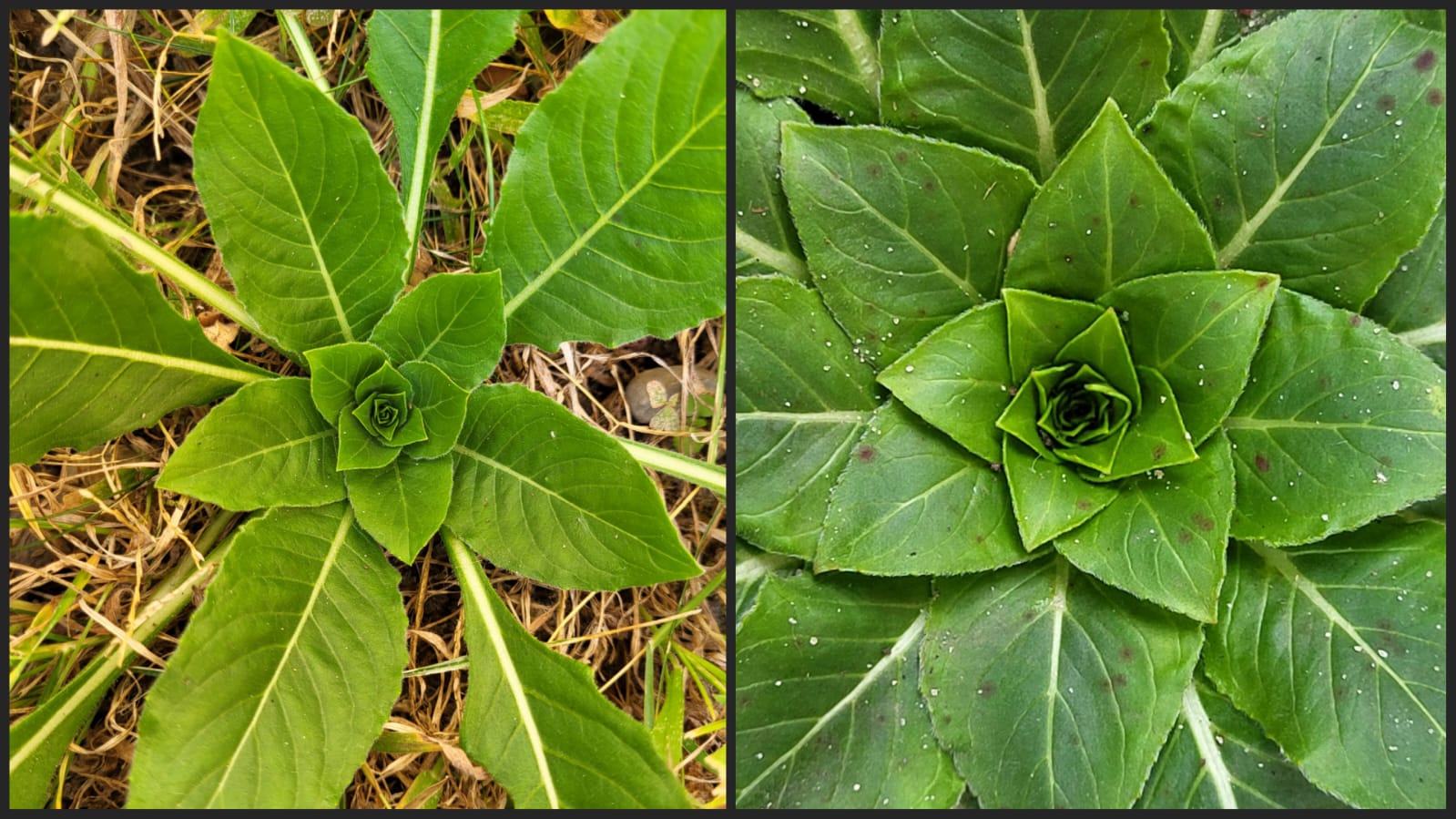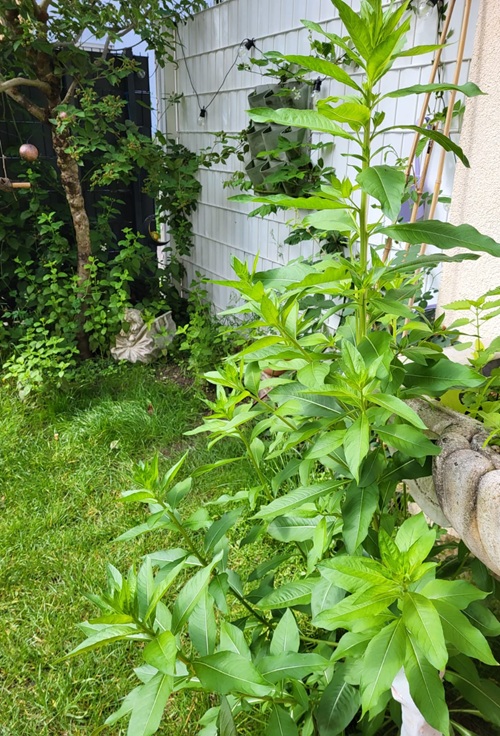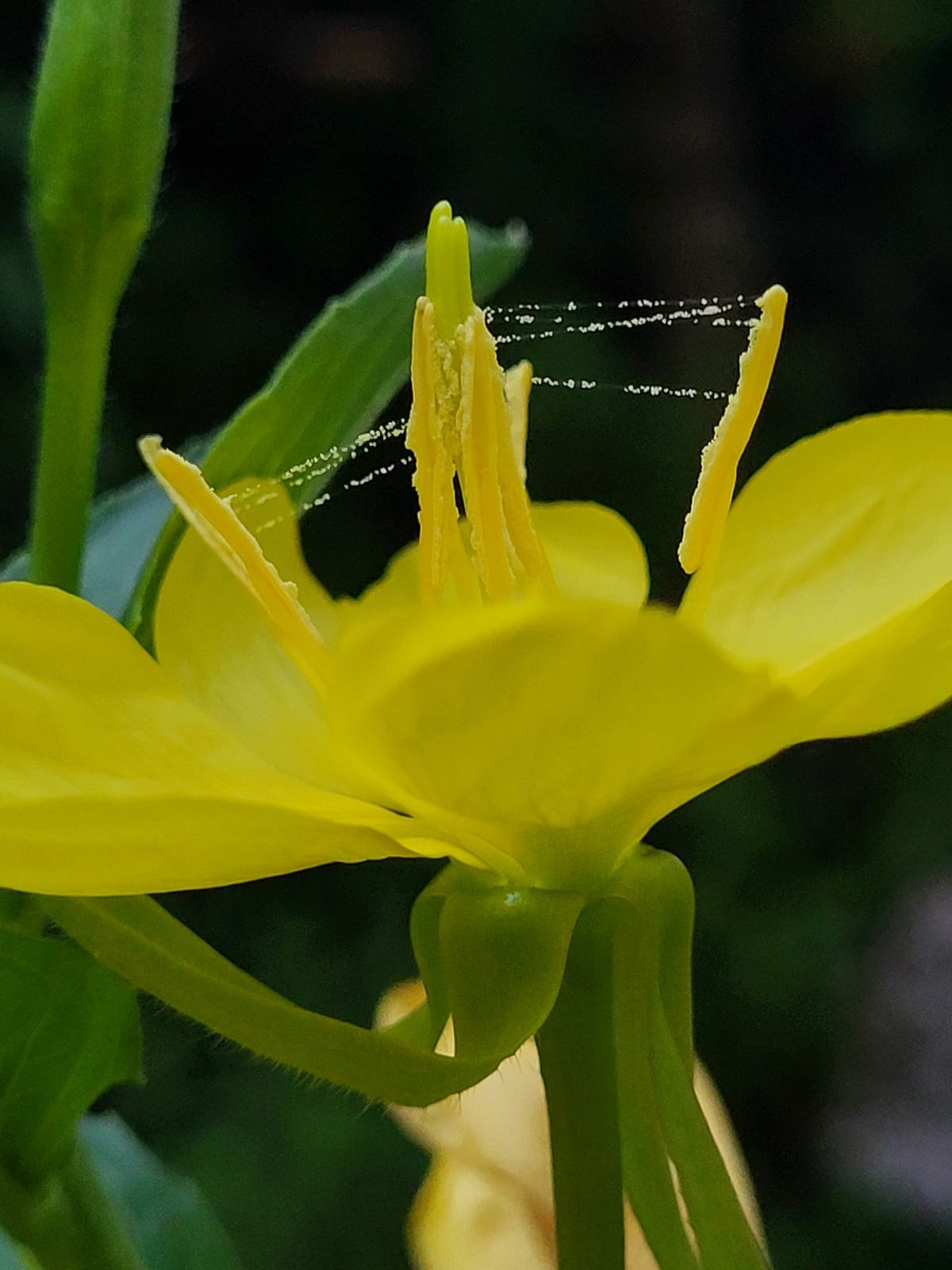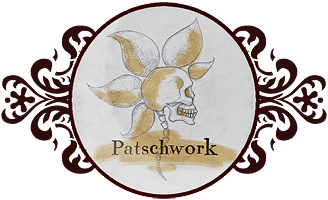
☙
Two years ago, this small rosette of leaves suddenly appeared in my garden. It was an evening primrose — an Oneothera. After some research, I discovered that it only blooms in its second year, so it was allowed to stay. I had no idea how large this plant would grow the following summer.
Vor zwei Jahren tauchte diese kleine Blatt Rosette plötzlich in meinem Garten auf. Es war die Nachtkerze – eine Oneothera. Nach einigen Recherchen fand ich heraus, dass sie erst im zweiten Jahr blüht, also durfte sie bleiben. Ich hatte keine Ahnung, wie groß diese Pflanze im folgenden Sommer werden würde.
☙

☙

☙
The following spring it started to grow and became a venue for different insects. In the middle of june it started to bloom and the magic began. It has a reason, why this plant has "evening" in its name, because as soon as the dusk starts to fall around 9 p.m., the blossoms start to open. They´re bright yellow, have a strong sweet smell and therefore they´re attracting nocturnal moths. The blossoms are opening quite fast and you can observe them while opening, which is so pretty and soothing. These videos are no timelapse!
Im darauffolgenden Frühjahr begann sie zu wachsen und wurde zu einem Treffpunkt für verschiedene Insekten. Mitte Juni begann sie zu blühen und der Zauber begann. Nicht umsonst trägt diese Pflanze das Wort „Nacht“ in ihrem Namen, denn sobald die Dämmerung gegen 21 Uhr einsetzt, öffnen sich die Blüten. Sie sind leuchtend gelb, duften stark süßlich und ziehen daher nachtaktive Motten an. Die Blüten öffnen sich recht schnell und man kann sie beim Öffnen beobachten, was so schön und beruhigend ist. Diese Videos sind keine Zeitrafferaufnahmen!
☙
☙
Here you can see a close-up of a flower with its sweet-smelling pollen. Each flower lives only one night and dies during the next day.
Hier könnt ihr eine Nahaufnahme einer Blüte sehen mit ihren süß duftenden Pollen. Jede Blüte lebt nur eine Nacht und stirbt im Laufe des nächsten Tages.

☙
The plant grew quickly and reached a height of over two meters by the end of June. After a few weeks, all the flowers had faded, and the plant had produced tens of thousands of seeds. I collected the seeds for various purposes. They contain linoleic acid, which has various health-promoting properties. Applied externally, it is said to help with atopic dermatitis. I grind them, mix them with olive oil, and use them as a skin care product. They can also be eaten, which also has various beneficial health effects. As you can read online and in books, the entire plant is edible. Therefore, I also collected the flowers, dried them, and used them as an edible decoration and in tea. I read online and in books that the root is also edible if harvested in the fall of the first year, before it starts growing taller. The roots are said to be a powerful vegetable, and I will try them this year! The first plant has seeded about 20 new plants in the garden, and I'm looking forward to digging up the roots. The leaves can also be eaten, for example, in salads. But as always, before eating wild plants, please check again whether you have identified them correctly and are not confusing them with something poisonous! ☠️
Die Pflanze wuchs schnell und erreichte Ende Juni eine Höhe von über zwei Metern. Nach wenigen Wochen waren alle Blüten verblüht und die Pflanze hatte Zehntausende von Samen produziert. Ich sammelte die Samen für verschiedene Zwecke. Sie enthalten Linolsäure, die verschiedene gesundheitsfördernde Eigenschaften hat. Äußerlich angewendet soll sie bei Neurodermitis helfen. Ich mahle sie, mische sie mit Olivenöl und verwende sie als Hautpflegeprodukt. Man kann sie auch essen, was ebenfalls verschiedene positive Effekte auf die Gesundheit hat. Wie man im Internet und in Büchern lesen kann, ist die ganze Pflanze essbar. Deshalb sammelte ich auch die Blüten, trocknete sie und verwendete sie als essbare Dekoration und für Tee. Im Internet und in Büchern habe ich gelesen, dass auch die Wurzel essbar ist, wenn man sie im Herbst im ersten Jahr, bevor sie in die Höhe wächst. Die Wurzeln sollen ein kräftiges Gemüse sein, und ich werde sie dieses Jahr ausprobieren! Die erste Pflanze hat etwa 20 neue Pflanzen im Garten ausgesät und ich freue mich schon darauf, die Wurzeln auszugraben. Auch die Blätter können zum Beispiel im Salat gegessen werden. Aber wie immer gilt: Bitte vor dem Verzehr von Wildpflanzen nochmal prüfen, ob ihr sie richtig bestimmt habt und nicht mit etwas Giftigem verwechselt! ☠️
☙

☙
The evening primrose is considered an invasive neophyte because it is not native to Germany – it originally comes from North America. Invasive neophytes are plants that pose a threat to the local ecosystem because they displace native plants that our insects urgently need. And indeed, the evening primrose can be found everywhere. Walking through the fields in the evening, its distinctive smell fills the air. But what if we all ate the roots of this wild vegetable? Two problems would be solved at once ;)
Die Nachtkerze gilt als invasiver Neophyt, da sie hier in Deutschland nicht heimisch ist – sie stammt ursprünglich aus Nordamerika. Invasive Neophyten sind Pflanzen, die eine Gefahr für das heimische Ökosystem darstellen, da sie einheimische Pflanzen verdrängen, die unsere Insekten dringend benötigen. Und tatsächlich findet man die Nachtkerze überall. Geht man abends durch die Felder, liegt der typische Geruch in der Luft. Doch was wäre, wenn wir alle die Wurzeln dieses Wildgemüses essen würden? Zwei Probleme wären auf einmal gelöst ;)
Pictures by
Thank you for reading! | Danke für´s Lesen!
